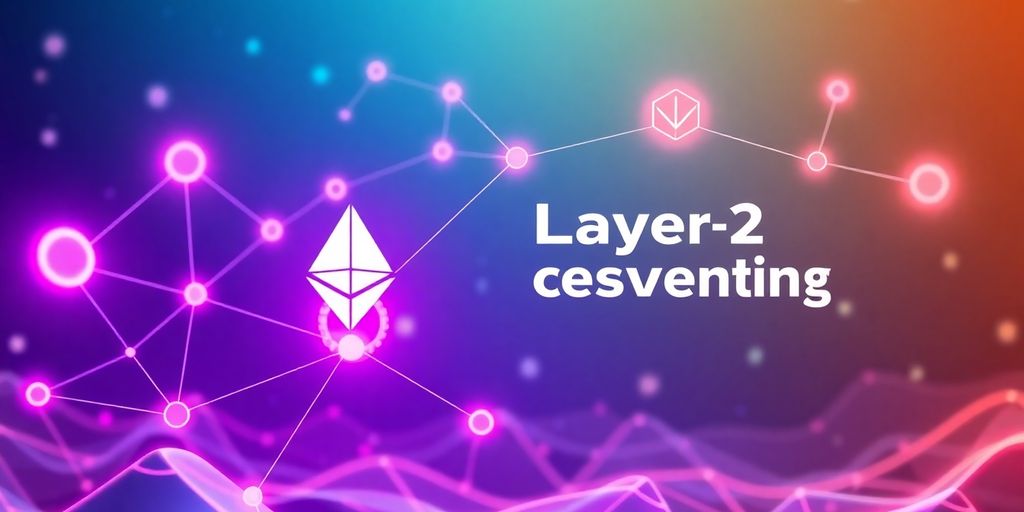A group of independent developers has unveiled Ethereum R1, a groundbreaking layer-2 scaling solution for the Ethereum network. This innovative project aims to address the growing concerns about the direction of existing layer-2 solutions by emphasizing decentralization and neutrality, without relying on a native token or venture funding.
Key Takeaways
- Ethereum R1 is a layer-2 scaling solution that operates without a native token.
- The project is funded entirely through donations, avoiding venture capital and pre-mined tokens.
- Developers emphasize the importance of decentralization and censorship resistance.
- The introduction of Ethereum R1 comes amid concerns about the governance and control of existing layer-2 solutions.
The Need for Change
The Ethereum ecosystem has seen a surge in layer-2 solutions, many of which have begun to resemble independent layer-1 blockchains rather than true scaling solutions. Critics argue that these developments often come with opaque governance structures and centralized control, which can undermine the foundational principles of Ethereum.
In a recent announcement, the Ethereum R1 team stated, "General-purpose L2s should be commodities — simple, replaceable, and free from centralized dependencies or risky governance." This statement reflects a growing sentiment within the community that many current layer-2 solutions are misaligned with the interests of the Ethereum base layer.
The Current Landscape of Layer-2 Solutions
The Ethereum network has experienced significant changes in transaction costs and revenue generation. Following the Dencun upgrade in March 2024, transaction fees on the base layer dropped dramatically, leading to a 99% collapse in revenue by September 2025. This decline has raised questions about the sustainability of layer-2 networks, as they may inadvertently thrive at the expense of the base layer.
- Transaction Costs: As of April 2025, transaction costs on the Ethereum base layer fell to approximately $0.16, the lowest in five years.
- Revenue Trends: Ethereum’s base layer revenue has seen a significant decline, prompting discussions about the implications for layer-2 solutions.
A New Approach to Layer-2 Scaling
Ethereum R1 aims to redefine the layer-2 landscape by prioritizing decentralization and neutrality. Unlike many existing solutions, it does not have a governance token or venture capital backing, which the developers believe can lead to more equitable and transparent operations.
Anurag Arjun, co-founder of the unified chain abstraction solution Avail, commented on the benefits of Ethereum’s layer-2 approach, stating that it provides users with a virtually unlimited number of high-throughput chains to choose from. This flexibility contrasts with the one-size-fits-all model often seen in monolithic blockchain protocols.
Conclusion
The introduction of Ethereum R1 marks a significant step towards addressing the challenges faced by the Ethereum network in terms of scalability and governance. By focusing on decentralization and community-driven funding, the developers hope to create a more resilient and equitable layer-2 solution that aligns with the core values of the Ethereum ecosystem. As the landscape of blockchain technology continues to evolve, Ethereum R1 could play a pivotal role in shaping the future of decentralized applications and transactions.








